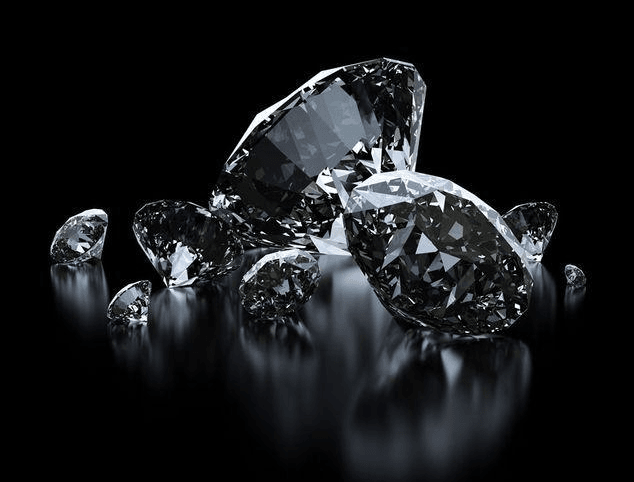Your Cart is Empty
All OUR RING CAN PASS THE DIAMOND TESTER

In 1952, the first laboratory-grown synthetic diamonds appeared in the United States and were bred by the Union Carbide Corporation in the United States. These diamonds were grown by chemical vapor deposition (CVD) and have a polycrystalline structure. The first single crystal diamond grown in the laboratory was formed in the Swedish laboratory ASEA, which is today ABB, through high pressure ultra-high temperature synthesis (HPHT).
It was not until 2003 that Apollo Diamonds USA used CVD synthesis to grow the first gem-quality single crystal diamond.
Until 2014, almost colorless diamonds cultivated using HPHT synthesis were still more expensive than natural diamonds of the same carat, while diamonds cultivated using CVD synthesis could reach prices close to natural diamonds. Only yellow synthetic diamonds can synthesize large carats at a lower cost, but it is impossible to synthesize large carats with yellow tones close to colorless diamonds and blue diamonds (type IIb) under low-cost conditions.
However, since 2014, the production of laboratory-grown diamonds has progressed rapidly. Today, the cost of cultivating diamonds in the laboratory is significantly lower than that of natural diamonds. And synthetic diamonds of all sizes can be cultivated in the laboratory, from extremely small diamonds (round diamonds with a diameter of 0.5 mm) to more than 10 carats, it is not difficult to reach. In particular, small diamonds (melee diamonds) have been mass-produced and used in jewelry setting.
The laboratory environment species currently cannot reach the ultra-high temperature required for the formation of natural diamonds, and the cultivation time is also relatively short, so synthetic diamonds often exhibit octahedral and cubic shapes. What is the difference between HPHT diamond and CVD diamond?